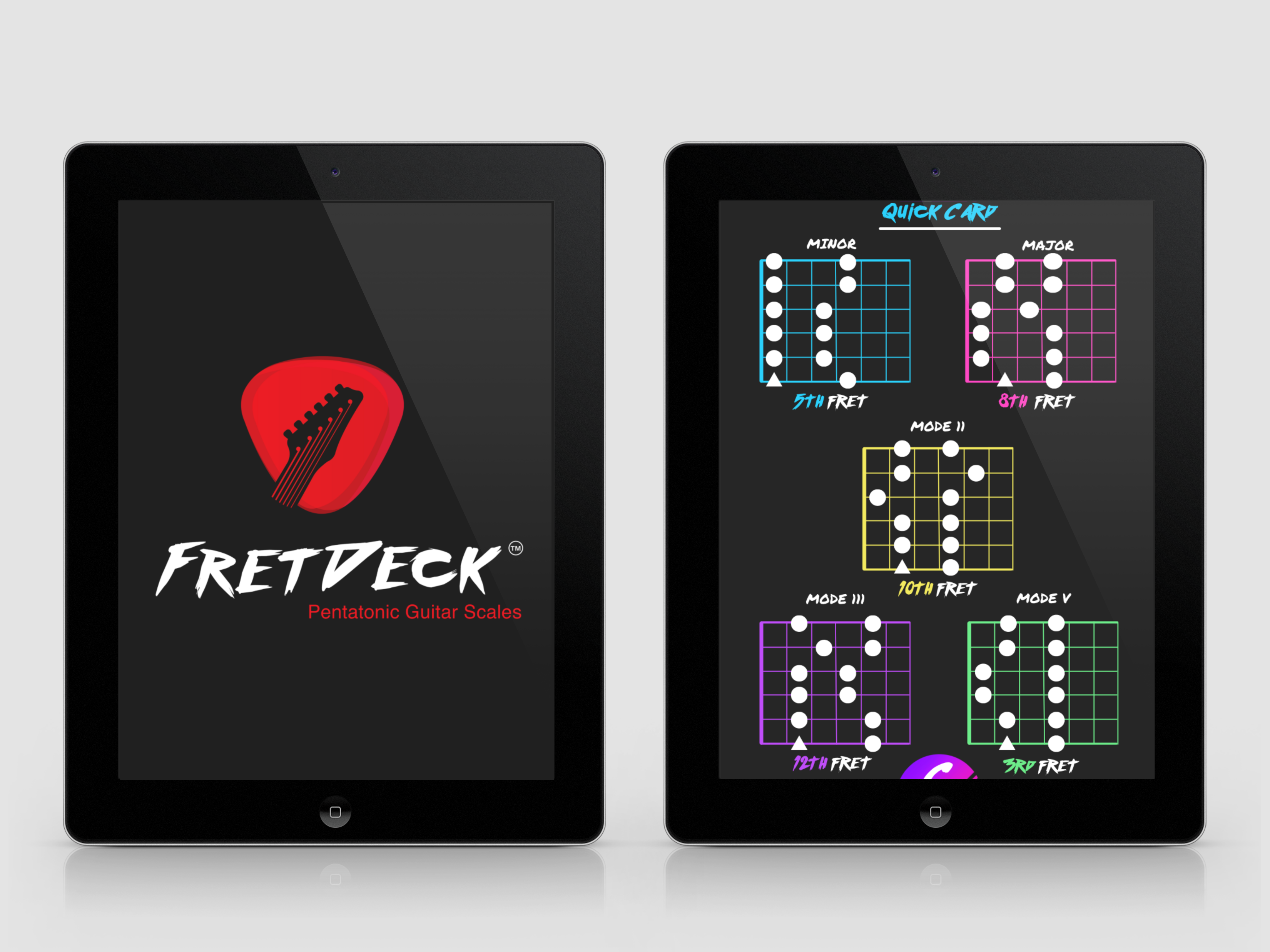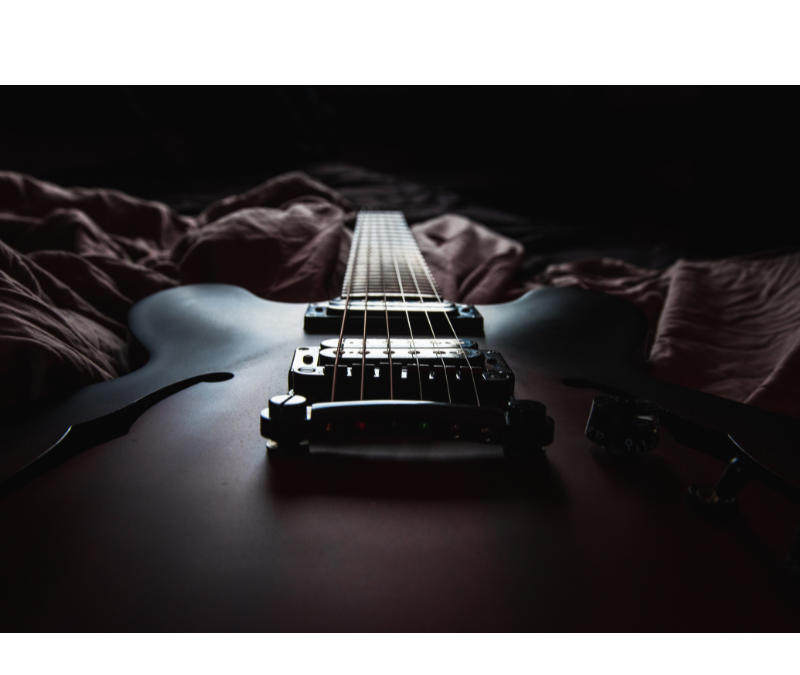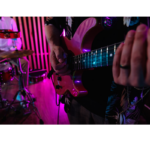The A major pentatonic guitar scale is one of the most popular and versatile scales for guitarists of all skill levels. From its rich tones to its intuitive structure on the fretboard, the A major pentatonic scale offers a perfect gateway into improvisation, soloing, and even composing music. In this article, we will explore techniques for mastering the A major pentatonic guitar scale, discuss famous artists who have used this scale (including B.B. King), and cover effective improvisation strategies to help you elevate your playing.
Understanding the A Major Pentatonic Guitar Scale
The pentatonic scale is a five-note scale that omits certain intervals present in the full seven-note major scale. In the case of the A major pentatonic guitar scale, the notes are:
- A (root)
- B (major second)
- C# (major third)
- E (perfect fifth)
- F# (major sixth)
Compared to the full A major scale, the pentatonic version removes the fourth (D) and seventh (G#) degrees. This absence of half-steps makes the pentatonic scale sound “open” and “clean,” making it ideal for a variety of musical contexts.

Download The FretDeck & Pentatonic Secrets Course!
Download Our Course
The Basic A Major Pentatonic Scale Position
To begin, here is the most common A major pentatonic scale pattern. This position starts on the 5th fret of the low E string:
e|------------------------2-5-|
B|--------------------2-5-----|
G|----------------2-4---------|
D|------------2-4-------------|
A|------2-4-------------------|
E|--5-------------------------|
This shape is comfortable to play and is one of the first that many guitarists learn. It sits perfectly under your fingers and is widely used in rock, blues, and country music.
Techniques for Mastering the A Major Pentatonic Guitar Scale
1. Hammer-ons and Pull-offs
Adding hammer-ons and pull-offs to the A major pentatonic scale creates fluidity and speed in your playing. For example, play the A major pentatonic scale and use hammer-ons on the 2nd to 4th frets of the D and G strings. You can also incorporate pull-offs on the high B and e strings from the 5th to 2nd frets.
Example:
e|-------------------2h5p2----|
B|---------------2h5----------|
G|----------2h4---------------|
D|-----2h4--------------------|
A|--2h4-----------------------|
E|----------------------------|
2. Bending
Bending notes, especially on the B and high e strings, brings emotion and expression to your solos. B.B. King was a master of bending notes within the major pentatonic scale to create his iconic “singing” guitar style.
Try bending the note on the 5th fret of the B string up a full step to reach a C#, or bend the 2nd fret of the G string to hit an A note.
3. Sliding
Sliding is another effective way to add character to your pentatonic runs. You can slide from one note to another within the scale. For instance, slide from the 2nd to the 4th fret on the D string, or from the 4th to 6th fret on the G string. This creates a smooth, legato sound.
Example:
e|------------------------2/5-|
B|--------------------2/5-----|
G|-------------2/4------------|
D|-----2/4--------------------|
A|--2/4-----------------------|
E|----------------------------|
Artists Who Use the Major Pentatonic Scale
B.B. King
One of the most renowned blues guitarists, B.B. King, frequently employed the major pentatonic scale in his solos. While he is often associated with the minor pentatonic scale, B.B. also used the major pentatonic scale to create a brighter, happier sound. His fluid bending, vibrato, and note selection made the scale sing with emotion.
Listen to his playing on tracks like “The Thrill Is Gone” to hear how B.B. seamlessly blends the major and minor pentatonic scales to create a bluesy yet upbeat sound.
Eric Clapton
Eric Clapton is another guitarist who has mastered the use of the major pentatonic scale, particularly in his work with bands like Cream and Derek and the Dominos. Clapton’s solos in songs like “Layla” feature major pentatonic runs that highlight the open, melodic quality of the scale.
Mark Knopfler
The lead guitarist and singer of Dire Straits, Mark Knopfler, often incorporates the major pentatonic scale in his solos. His fluid fingerpicking style allows him to bring out the sweetness of the major pentatonic scale, as heard in songs like “Sultans of Swing.”
Improvisation Strategies for the A Major Pentatonic Scale
Now that you’re familiar with the basic techniques, let’s explore how to use the A major pentatonic guitar scale in improvisation. Whether you’re jamming with friends or recording your own music, these strategies will help you get the most out of the scale.
1. Target Chord Tones
When improvising over a progression in the key of A major (such as A – D – E), target the chord tones of each chord as you play. For example, over an A major chord, emphasize the notes A, C#, and E. When the chord changes to D major, target the D, F#, and A notes within the pentatonic scale. This approach helps your solos “fit” harmonically with the chords.
2. Mix Major and Minor Pentatonic
Blending the A major pentatonic scale with the A minor pentatonic scale adds depth and tension to your solos. Use the major pentatonic scale to create uplifting phrases, then switch to the minor pentatonic for a more bluesy or soulful sound.
For instance, you can start a phrase in A major pentatonic and end it with a minor pentatonic run for contrast. This technique is frequently used by blues and rock players like Clapton and B.B. King.
3. Phrase with Repetition and Variation
Repetition and variation are essential elements of great improvisation. Start by playing a simple phrase using notes from the A major pentatonic scale, then repeat the phrase with slight variations. You can change the rhythm, alter a note, or add a technique like bending or sliding.
For example, try this phrase:
e|----------------------2-5-|
B|------------------2-5-----|
G|--------------2-4---------|
D|----------2-4-------------|
A|------2-4-----------------|
E|--5-----------------------|
Now, repeat it, but add a bend on the 5th fret of the B string or hammer-on from 2 to 4 on the G string. The key is to keep the listener engaged by varying the original idea slightly each time.
4. Use Dynamics
Great improvisation isn’t just about playing the right notes—it’s also about how you play them. Incorporate dynamics (soft and loud playing) into your pentatonic solos to add emotion. Start your solo softly, building up to louder, more intense phrases. This creates an emotional arc that keeps the listener interested.
5. Call and Response
This technique involves “asking a question” musically and then “answering” it. Play a short phrase on the low strings (the call), then respond with a higher-pitched phrase on the higher strings. This mimics the natural flow of conversation and adds a human touch to your playing.
Expanding Beyond the First Position
While the first position of the A major pentatonic scale (as shown above) is important to learn, it’s essential to explore other positions on the fretboard. The A major pentatonic scale can be played across the entire neck, giving you a broader range of notes to work with.
For example, here’s another position of the A major pentatonic scale starting on the 9th fret of the low E string:
e|----------------------------9-12-|
B|-----------------------10-12------|
G|-------------------9-11-----------|
D|--------------9-11----------------|
A|---------9-12---------------------|
E|---9-12---------------------------|
Learning the different positions of the scale allows you to connect these areas during solos, enabling smooth transitions between high and low notes.
Final Thoughts
The A major pentatonic guitar scale is an essential tool in the toolbox of every guitarist. With its clean and melodic sound, it’s perfect for a wide variety of musical genres, including rock, blues, country, and pop. By mastering techniques like hammer-ons, pull-offs, bends, and slides, and studying artists like B.B. King and Eric Clapton, you can bring new life to your improvisation.
As you continue to explore the A major pentatonic scale, don’t be afraid to experiment with phrasing, dynamics, and mixing scales to create your unique sound. Whether you’re jamming with friends or performing on stage, the A major pentatonic scale will help you unlock new levels of creativity and musical expression.
Keep practicing, and remember that the journey to mastering the guitar is a lifelong adventure filled with discovery!

Download The FretDeck & Pentatonic Secrets Course!
Download Our Course










